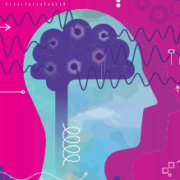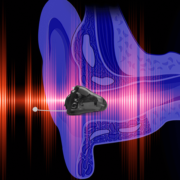Could Healthy Hearing Help People With Movement Disorders?
Could Healthy Hearing Help People With Movement Disorders?
Your ears and your brain are fast friends. In fact, it seems like a new connection is reported every few months. There’s even a growing body of research showing that untreated hearing loss is linked to dementia.
That’s why we encourage annual hearing checkups. Catching changes in hearing early keeps a host of other issues at bay. And we’re just scratching the surface of what we know about the ear-brain connection.
Your ears and brain are so well connected, in fact, that one recent study in Scientific Reports is based on a link the researchers discovered on accident. It’s a link that could improve the assistive devices used by people with movement disorders or limb loss.
Brain-Computer Interfaces
A research team called BrainGate develops brain-computer interfaces (BCIs). These are implants that use nerve signals in the brain to manipulate assistive devices such as prosthetic limbs.
Most BCI implants are put in a part of the brain that controls planning to act called the motor cortex. The BrainGate team wondered how workable it was to gather nerve signals earlier than that, though.
Could they use nerve signals from an area of the brain responsible for the simple urge to act — before the planning-to-act brain region gets involved? If so, they might be able to speed up BCI response times.
An Accidental Discovery
One clinical trial participant, because of a spinal cord injury, no longer had the use of his arms and legs. During a simple movement exercise that involved visual cues, his brain was monitored by fMRI. It showed activity in a certain area of this urge-to-act region of his brain.
They repeated the experiment with the BCI implant, instead of fMRI. To their surprise, the implant didn’t register activity in that same area.
But while reviewing data from a related research session, they found something equally surprising. During the movement exercise, when they used verbal — not visual — cues, the implant picked up strong signals from that same urge-to-act area.
A Study With Only One Participant
To the BrainGate team, it seemed like this urge-to-act area didn’t care at all about visual cues, only sound-based cues. They designed a new study using the BCI implant to test their hypothesis. It had a sample size of only one — that same spinal-cord-injury participant mentioned above — and the research alternated between visual-only and sound-based-only cues.
They found that the urge-to-act area responded to sound-based cues, but not to visual cues. They also found that the planning-to-act area responded to both, had no preference either way.
The results were published in Scientific Reports in the article “Auditory cues reveal intended movement information in middle frontal gyrus neuronal ensemble activity of a person with tetraplegia.”
Why It Matters
The BrainGate team has some successes under their belt. People with spinal cord injury, brainstem stroke, and ALS have managed to control a computer cursor simply by thinking about the corresponding limb movement. In clinical research, they’ve managed intuitive control over advanced prosthetic limbs. Plus, people with paralysis have enjoyed easy control over powerful external devices.
By discovering that this urge-to-act area responds to sound cues, they can use it as a complement to the planning-to-act area and BCI implants can gather movement data from two different regions of the brain. The researchers hope to one day use BCIs to enable reliable, intuitive, naturally controlled movement of paralyzed limbs.
And healthy hearing could be an important piece of this exciting puzzle.












